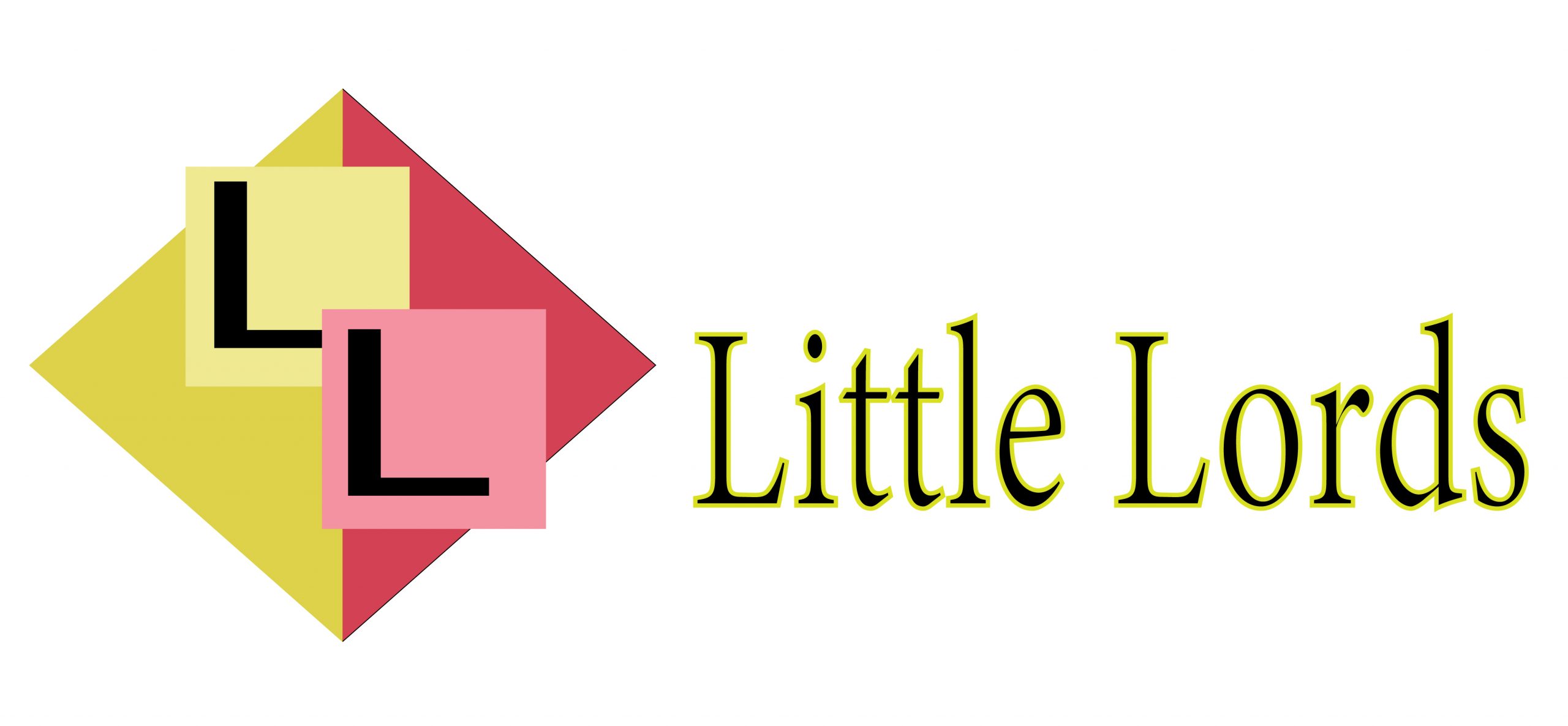Making healthy properties can be an significantly important consideration in contemporary structure and construction practices. Such homes prioritize the well-being of occupants by integrating sustainable and eco-friendly products, design axioms, and technologies. Central to this method could be the focus on making interior surroundings that promote bodily wellness, psychological well-being, and environmental sustainability.
Among the essential aspects of creating healthiest domiciles may be the careful selection of construction materials. Using non-toxic and eco-friendly products assists minimize interior air pollution and reduces exposure to dangerous chemicals. Examples contain low-VOC offers, formaldehyde-free padding, and sustainable timber products and services, which subscribe to healthy interior air quality and over all occupant comfort.
As well as materials, power efficiency plays an essential position in creating healthier homes. By employing energy-efficient design features such as for instance proper insulation, high-performance windows, and energy-efficient devices, homeowners may lower power use and decrease energy bills. More over, energy-efficient domiciles donate to an even more sustainable setting by lowering greenhouse gas emissions and dependence on fossil fuels.
Biophilic style rules may also be central to developing healthiest homes. Adding organic things such as for example sunshine, greenery, and natural components into the design helps build conditions that foster reference to character and promote psychological well-being. Biophilic style has been found to reduce tension, increase mood, and enhance cognitive function, making it a vital concern in home design.
Correct ventilation and interior air quality administration are critical for maintaining a healthier interior environment. Adding mechanical ventilation systems, air filters, and air devices helps eliminate indoor pollutants and allergens, ensuring clear and new interior air. Furthermore, designing homes with sufficient normal ventilation and access to outdoor places more enhances interior air quality and occupant comfort.
Water effectiveness is yet another crucial facet of making healthier homes. Applying water-saving fittings, rainwater harvesting systems, and drought-resistant gardening assists save water assets and minimize water consumption. Furthermore, effective water management contributes to the sustainability of houses and decreases the stress on municipal water supplies.
Balanced house design also encompasses criteria for availability and universal design principles. Making properties which are accessible to people of all ages and abilities stimulates inclusivity and ensures that occupants can era in place comfortably. Functions such as for ebc financial group step-free entrances, broader gates, and accessible bathrooms enhance the simplicity and safety of properties for all occupants.
Finally, building healthy domiciles requires training homeowners about sustainable living practices and encouraging responsible behavior. Providing informative data on energy-saving methods, waste reduction, and green practices empowers homeowners to make informed possibilities and live more sustainably. By fostering a culture of sustainability and environmental stewardship, we can make healthy properties and towns for generations to come.
